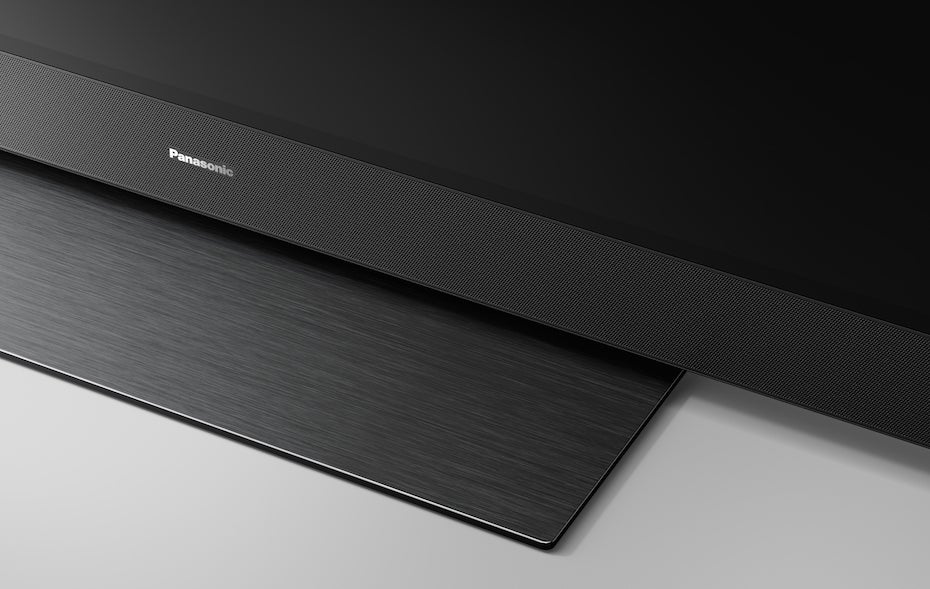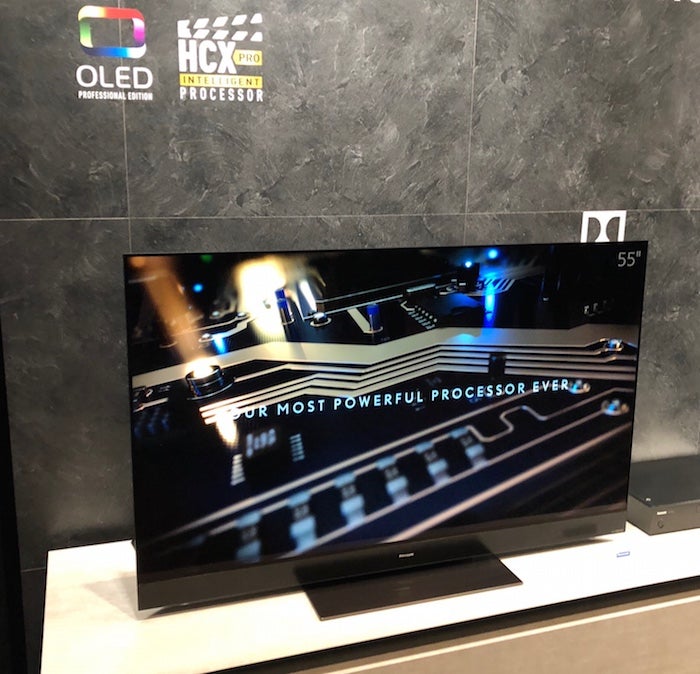First Impressions: Panasonic TX-65GZ2000 Review
First Impressions: Panasonic TX-65GZ2000
Panasonic's flagship GZ2000 2019 OLED looks a step up from its 2018 TVs
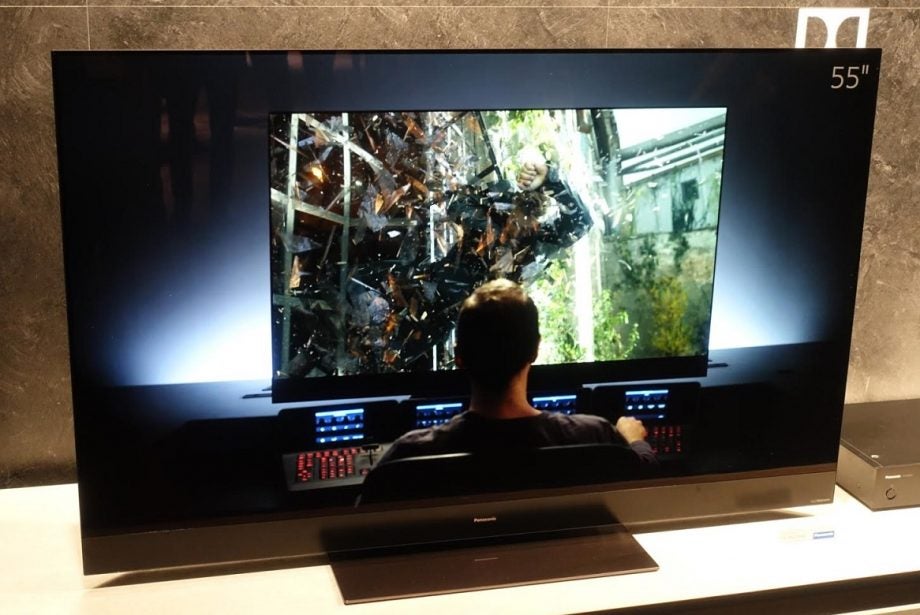
First Impressions
This is already shaping up to be a prime contender for the best TV of 2019 award
Key Specifications
- Review Price: £4299
Panasonic TX-65GZ2000 first look – Panasonic’s flagship 4K OLED TV for 2019
Guess what? You don’t always have to do crazy stuff to stand out from the crowded halls of the annual CES technology extravaganza. Sometimes you just have to give people what they actually want, rather than trying to tell them what you think they want. Cue Panasonic’s seemingly rather awesome new flagship OLED TV, the GZ2000.
Available in 55 and 65-inch sizes, the GZ2000 is a 4K OLED TV. So much, so meh by the out-there standards of CES. However, tucked away inside its aptly elegant (rather than “shouty”) form is just about everything today’s serious home cinema fan could possibly want from a television.
Related: Panasonic’s GZ2000 flagship OLED boasts integrated Dolby Atmos speakers
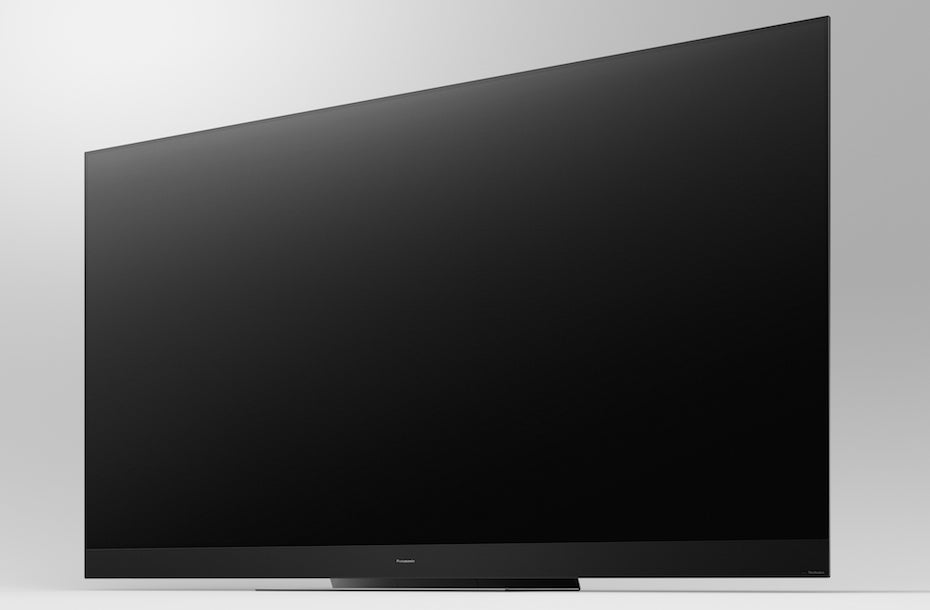
For starters, it’s the first TV in the world to boast support for both the premium HDR10+ and Dolby Vision HDR formats. This is a massive win for AV fans, for the simple reason that they can now buy any 4K Blu-ray they like, or watch any stream they like, and be sure that they’ll always be getting the best picture quality possible.
Related: What is HDR10+?
I expect other brands to follow Panasonic’s lead in this respect. But for now, the GZ2000 is the only TV that does all the key flavours of HDR (including the newly ratified HLG Photo system). And that matters. A lot.
Even better, the GZ2000 doesn’t just support all the key HDR formats; it also makes them look spectacular. There are a number of reasons for this, all of which set the GZ2000 aside from and, quite likely, above, other 2019 OLED TVs.
The single most exciting advance is the introduction of exclusive Panasonic technology, developed during the brand’s plasma days, that’s designed to keep the OLED panel cooler, so that it can produce more brightness.
This doesn’t enable the panel to hit significantly higher peaks of brightness than other OLED sets, but it does allow the GZ2000 to produce and sustain a higher average brightness level across an HDR movie or TV show.
It takes just seconds watching the GZ2000 in action to see what a difference this extra brightness makes. Bright scenes look far punchier, far more HDR and, therefore, far more realistic on the GZ2000 than they do on last year’s FZ952 Panasonic OLEDs. Even though those 2018 models were also pretty awesome.
Related: What is Dolby Vision HDR?
As well as giving a more dramatic and faithful HDR experience, the extra brightness also makes the GZ2000’s pictures far better equipped to combat any light you might have intruding into your room.
The worry has to be that Panasonic’s quest for greater OLED brightness has caused compromises elsewhere. If it has, I couldn’t see any of them during demonstrations at CES. On the contrary, the picture appeared better in every way than that of its already outstanding FZ952 and FZ802 predecessors.
For instance, black level response remains as gorgeous and deep as we’ve come to expect from today’s OLED TVs. In fact, it looks slightly better in that the rich black tones are now given extra impact by being able to appear alongside brighter highlights.
There seemed to be more shadow detail and colour subtlety in dark picture areas, too – presumably a result of Panasonic’s new HCX Pro Intelligent processor having enough power to better manage OLED technology’s rather tricky near-black performance.
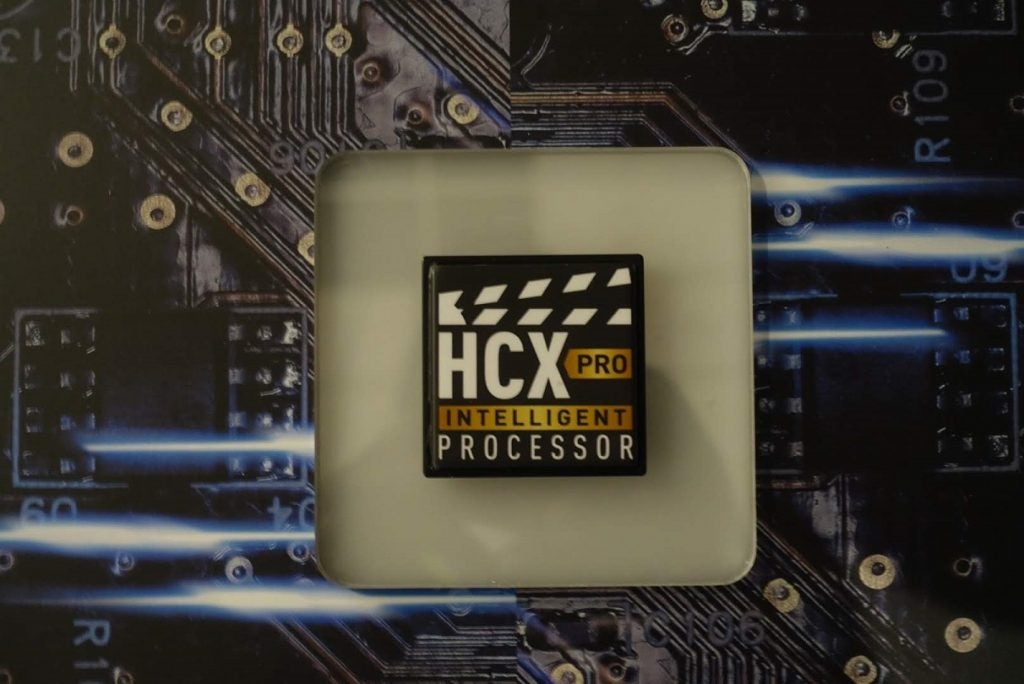
The new processor also joins forces with the impressive brightness to make its mark in other ways. A head-to-head sequence of a cyclist riding in front of a hedgerow clearly reveals cleaner motion processing on the GZ2000 than last year’s models. Various shots of a beach and sea showed both greater detail and more colour refinement.
Colours look more consistent from one side of the screen to the other. Perhaps best of all, there’s a much more natural look to the brightest colours, particularly as a slight magenta tint to bright backgrounds occasionally noticeable on last year’s models has now seemingly been removed.
Just describing the numerous ways the GZ2000 improves on the pictures of its predecessors doesn’t do the overall picture experience justice, however. The best way I can think of to sum everything up is to say that all the GZ2000’s advanced picture touches (created with the help of Panasonic’s Hollywood Laboratory and luminaries from the post-production world) add up to what appears so far to be an exquisitely cinematic experience.
With so much picture progress going on, you could forgive Panasonic if it had conveniently “forgotten” about the GZ2000’s sound performance. As it happens, nothing could be further from the truth.
For starters, a strikingly large soundbar has remarkably elegantly been built into the TV under the picture’s bottom edge. Plus a column running up the middle of the GZ2000’s otherwise trim rear provides the foundation for a pair of upfiring speakers. These are there to support the TV’s new Dolby Atmos sound playback.
This speaker configuration, designed in conjunction with both Dolby and high-end audio brand Technics, really does sound impressive. CES demonstrations revealed a much more dynamic, impactful, open, detailed and – above all – spacious audio performance than even that of 2018’s FZ952 TV, despite that model shipping with a powerful external soundbar.
Related: What is Dolby Atmos?
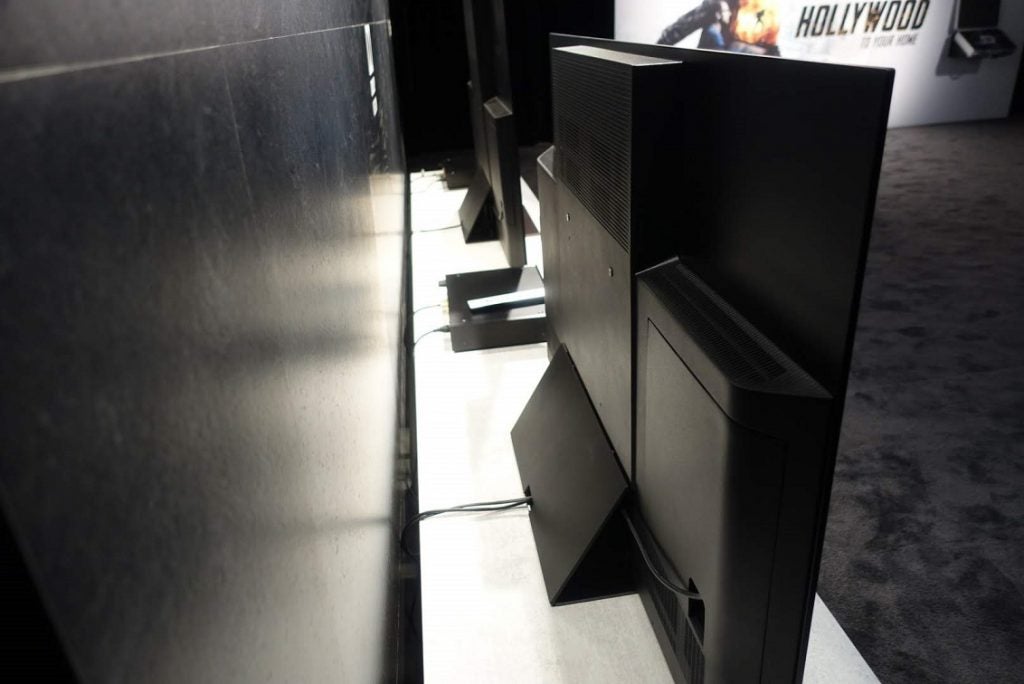
The addition of genuine height to the sound stage, courtesy of the up-firing speakers, has a profound impact – especially since these speakers prove able to place effects with decent accuracy at different heights and widths within the vertical audio sound stage.
It’s a shame, perhaps, that the top speakers fire straight up rather than angling slightly forward. This means you don’t get the particularly strong sense of being enveloped in a bubble of sound like you do with a full separates-based Atmos system. However, it isn’t really fair to be churlish about a built-in TV sound system that appears – from what I’ve heard so far – to be head and shoulders above the norm.
First impressions
Given how many new picture and sound features the GZ2000 boasts, it’s likely to cost a fair bit more than typical 2019 OLED TVs. However, unless something goes unexpectedly wrong between the GZ2000’s CES previews and the finished TV, I suspect home cinema fans will consider whatever it costs to be money well spent.
How we test televisions
We test every TV we review thoroughly over an extended period of time. We use industry standard tests to compare features properly. We’ll always tell you what we find. We never, ever, accept money to review a product.

